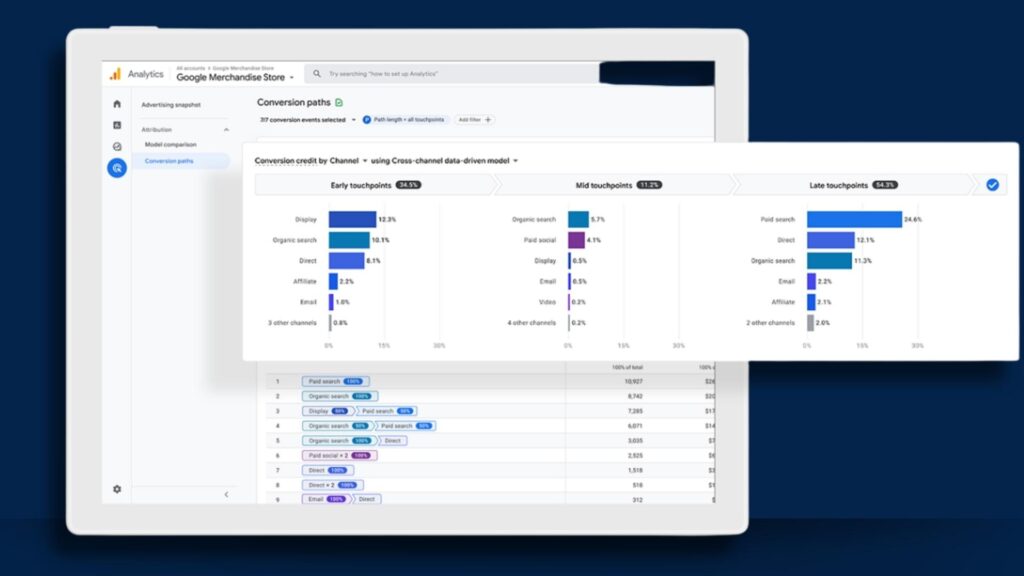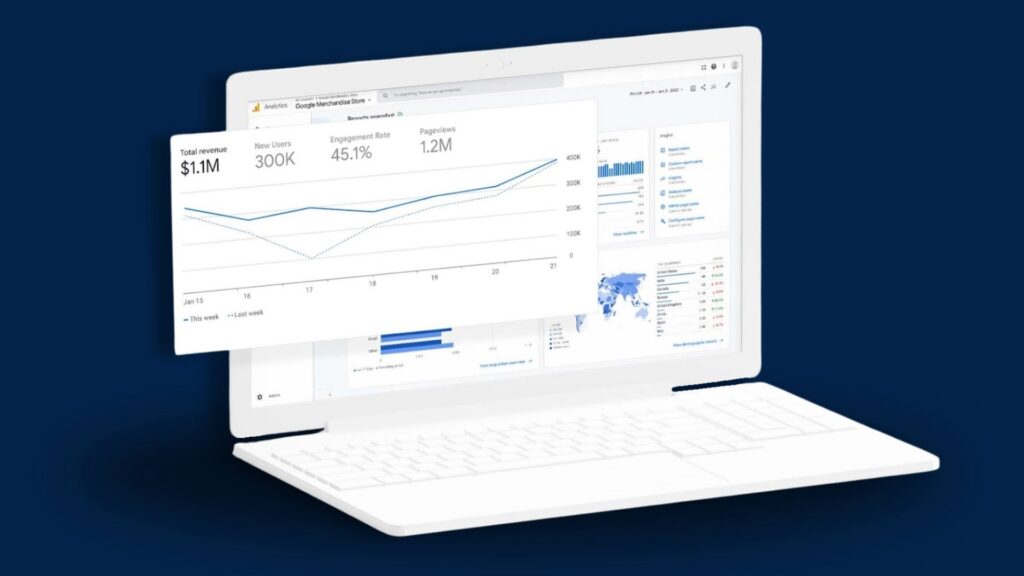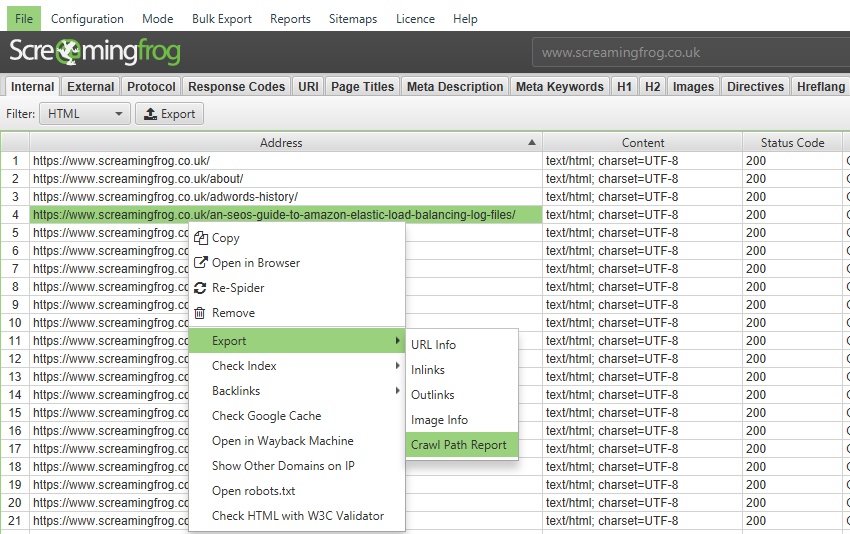SEO reporting: your compass for navigating the global market
You’ve just launched your website in multiple languages and you’re eager to conquer the world. But, how do you know if your message is reaching the right audience in the right way? The SEO report is basically your compass for navigating the complexities of international search.
Why SEO reporting is essential for global businesses
Trying to manage a global website without SEO reporting is like trying to navigate Heathrow without any directions or signs. A good SEO report is there to give you insight into your performance on the web, so you can use it to improve your strategy, spot potential issues, and optimise your content to suit the needs of your users. For eCommerce companies operating in multiple countries, these reports paint a clear picture of which products or services work best in each market.
It’s also crucial to understand how keyword demand shifts with economic and cultural trends. By monitoring search trends, you can stay ahead of regional changes and tweak your content to match what users really need. SEO reporting also lets you peek at your competitors’ strategies, helping you identify growth opportunities and gaps in your approach. Think of it as a friendly game of chess – understanding your opponent’s moves is important for your success.
In this guide, we explore the top tools for SEO reports, the key performance indicators you should track, and best practices for managing SEO across international markets.
Understanding cross-market analysis in SEO reporting
Expanding into new markets isn’t as simple as translating your website and calling it a day. It’s about understanding the unique cultural and economic factors that shape search behaviour in each region. To truly optimise your international SEO, you need to understand how consumer behaviour, economic factors, and cultural preferences shape search demand and then adjust your marketing efforts accordingly.
Let’s say you’re a skincare company venturing into both Europe and Asia. You might find that French customers are obsessed with “organic” and “eco-friendly” products, while Japanese customers prioritize “whitening” and “moisturizing.” These cultural differences are like hidden currents, and SEO reporting helps you navigate them.
Economic factors also play a role. During tough times, people might search for “budget-friendly” options instead of premium products. Similarly, seasonal trends can cause search spikes in one region while remaining flat in another.
A strong SEO reporting system lets you track these shifts over time so you can continually adjust your content strategy to meet changing consumer needs.
Using competitor insights to identify content gaps and opportunities
Your SEO reports should track your website’s performance and compare your site with key competitors in each market. You can use competitor analysis to figure out where you’re letting opportunities slip, which keywords they rank for, and how their content strategies vary by region.
Let’s say you’re a furniture company trying to make it big in both the UK and France. You notice your UK competitor is nailing it with searches for “affordable Scandinavian furniture.” That’s a clue. Maybe you can create content targeting that keyword while highlighting your unique selling points, like sustainable materials or handcrafted designs. In France, you might find that a competitor is ranking well for “eco-friendly wooden chairs.” This shows a growing interest in sustainable furniture, which you can leverage in your content strategy.
When evaluating ranking opportunities, focus on factors like keyword difficulty, search volume, and competitor strength. A high-volume keyword might seem tempting, but it might also be fiercely competitive. Sometimes, targeting less competitive but highly relevant keywords can yield better results.
By integrating competitor insights into your SEO reports, you can move beyond plain tracking to actively uncover new content opportunities that fit your ranking potential.

Technical SEO: monitoring errors and automating alerts
Technical SEO is like a regular check-up on your car, it needs to be done to make sure everything is running properly. You need to keep an eye on those 404 errors, 5xx server errors, and robots.txt settings. A 404 error may indicate broken or deleted content, while 5xx errors suggest server problems that need immediate attention. And if robots.txt is blocking key pages, your rankings could suffer.
For multilingual websites, things get even more complex. Hreflang tags, which tell search engines which language version of a page to show in each region, can be tricky to implement correctly. And if you have duplicate content across multiple regional pages, canonical tags become essential for avoiding penalties.
Automated alerts make a big difference, too. Instead of manually checking for issues, SEO tools can notify your team when there’s a sudden drop in traffic for a specific country, when indexing errors appear, or when new broken links are detected.

Essential SEO tools are your reporting dream team
In the world of international SEO, data is king. But with so many tools available, it can be overwhelming to know where to start. Here’s a breakdown of some key players and how they can contribute to your multilingual SEO reporting:
- Google Search Console (GSC): Your direct line to Google, providing insights into how your website performs in organic search. It’s basically a backstage pass to the world’s biggest search engine, so you can track impressions, clicks, rankings, and indexation issues across different language versions and countries. With GSC, you can uncover regional differences in search queries, identify cannibalization issues, and even track click-through rate changes by country.
- Google Analytics 4 (GA4): While GSC focuses on search visibility, GA4 dives deep into user behaviour. Through tracking your website visitors, you can figure out how they interact with your content, where they come from, and what they do on your site. This information is invaluable for optimising your multilingual content strategy, identifying drop-off points in the user journey, and making sure your website offers a seamless experience for everyone, no matter their language or location.
- Semrush & Ahrefs: These tools are your keyword research and competitor analysis powerhouses. They help you uncover hidden keyword opportunities, track competitor strategies, and monitor search trends across multiple languages and search engines. With Semrush and Ahrefs, you can identify content gaps, assess keyword difficulty by country, and even track regional SERP competition.
- Screaming Frog: This tool is your technical SEO lifesaver, especially for large multilingual websites. To start with, it crawls your site and identifies issues like hreflang errors, missing canonical tags, and broken links that can harm your rankings. This helps you give your site a little check-up to make sure everything is running smoothly and the way it should be.

Building an effective multilingual SEO reporting framework
A well-structured SEO report is vitally important for understanding performance trends, noticing opportunities, and picking up technical issues across multiple markets. Each tool serves a unique purpose, but combining their insights helps your business make informed decisions and refine your multilingual content strategy.
- Google Search Console tracks regional rankings, indexation issues, and search query trends.
- Google Analytics 4 provides deep insights into user behaviour and conversion tracking per country.
- Semrush & Ahrefs help identify ranking opportunities and competitor content gaps across languages.
- Screaming Frog is crucial for technical audits, hreflang validation, and indexation monitoring.
By integrating these tools and customising reports to track multilingual content performance, businesses can scale their international SEO efforts more effectively.
SEO Reporting Data Insights Table
| Tool | Type of Report | Data to Analyse | Useful Insights for Global SEO Campaigns |
| Google Search Console (GSC) | Performance Report | Impressions, Clicks, CTR, Average Position by Country | Identifies regional ranking performance and search intent shifts |
| Google Search Console (GSC) | Index Coverage Report | Indexed vs Non-Indexed Pages, Crawl Errors, Blocked URLs | Detects indexing issues affecting visibility in different markets |
| Google Analytics 4 (GA4) | Geo-Location Report | Traffic Segmentation by Country, Language & Demographics | Shows where international users come from and how they engage |
| Google Analytics 4 (GA4) | User Behaviour Flow | User Navigation Paths & Drop-off Points by Market | Highlights navigation issues, helping refine local UX strategies |
| Semrush / Ahrefs | Keyword Ranking Report | Keyword Rankings per Country, Search Volume, Difficulty | Finds high-opportunity keywords for different language markets |
| Semrush / Ahrefs | Competitor Analysis Report | Keyword Gaps, Competitor Content Performance | Reveals competitor ranking gaps for localised content strategies |
| Screaming Frog | Hreflang Validation Report | Hreflang Tag Accuracy, Language-Region Mapping | Ensures the correct language versions appear in search results |
| Screaming Frog | Technical SEO Audit | Indexation Issues, Redirects, Canonicalisation, 404s | Detects technical issues that impact ranking & content accessibility |
How SEO reporting helps scale international growth
SEO reporting should be more than just a performance-tracking exercise. When done right, it becomes a strategic asset that helps your business expand internationally, optimize content, and uncover new ranking opportunities.
By analysing cross-market keyword trends, you can adjust your content strategy to match what users are looking for in different regions. Competitive insights reveal ranking gaps and emerging trends, while technical monitoring ensures that issues like indexing errors or hreflang misconfigurations don’t hurt your visibility.
For global brands, automating alerts and streamlining your SEO reports makes it easier to catch issues and opportunities before they become major problems. Proactive monitoring means you can address challenges before they impact your rankings.
As you continue expanding into new markets, robust SEO reporting remains essential for tracking performance, refining strategies, and ensuring your presence stays strong across various search engines and regions.
At Key Content, we help businesses make sense of their international SEO data and turn insights into action. Get in touch today to improve your global search performance with multilingual content that truly connects. Get in touch with us today.






